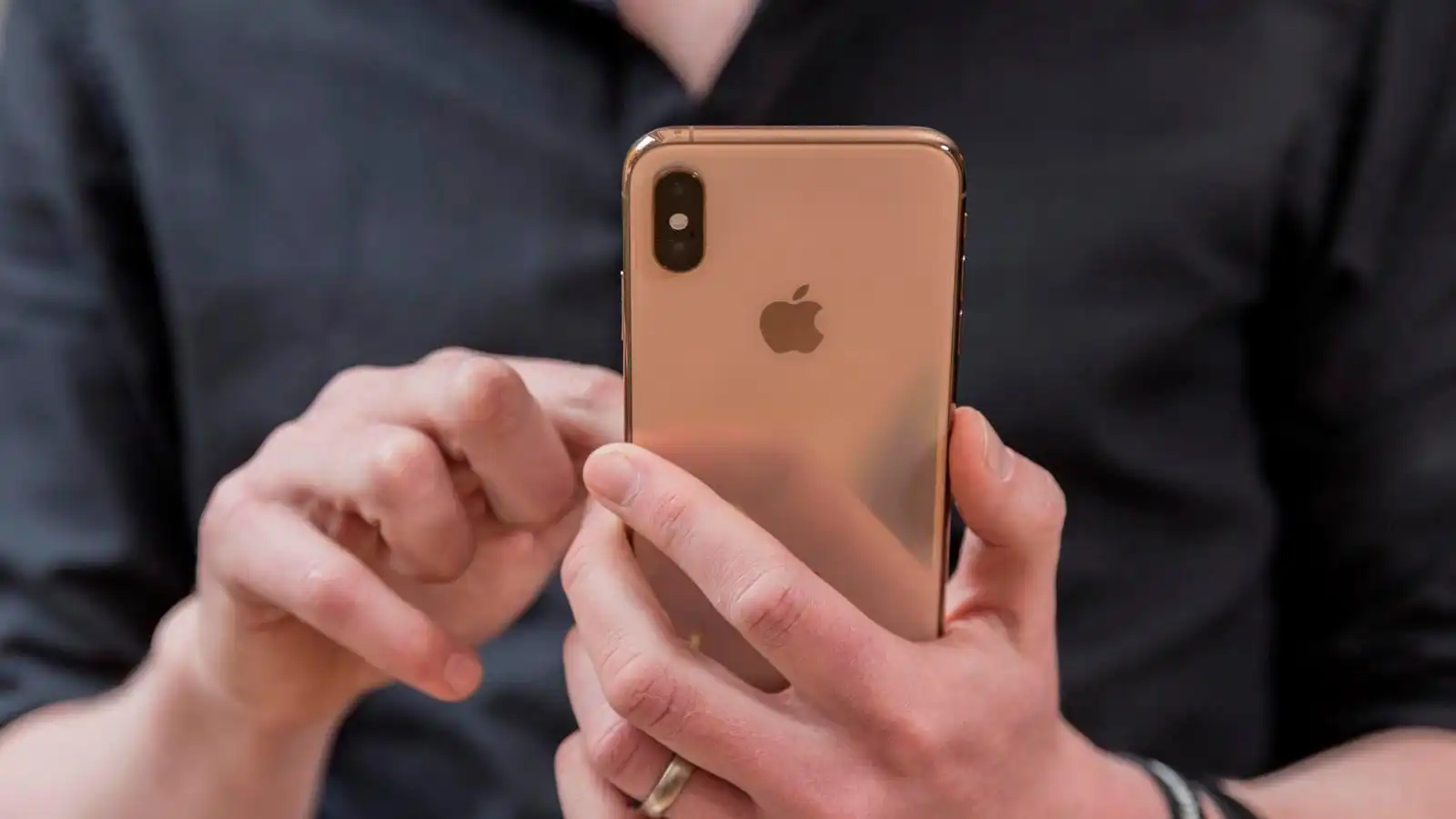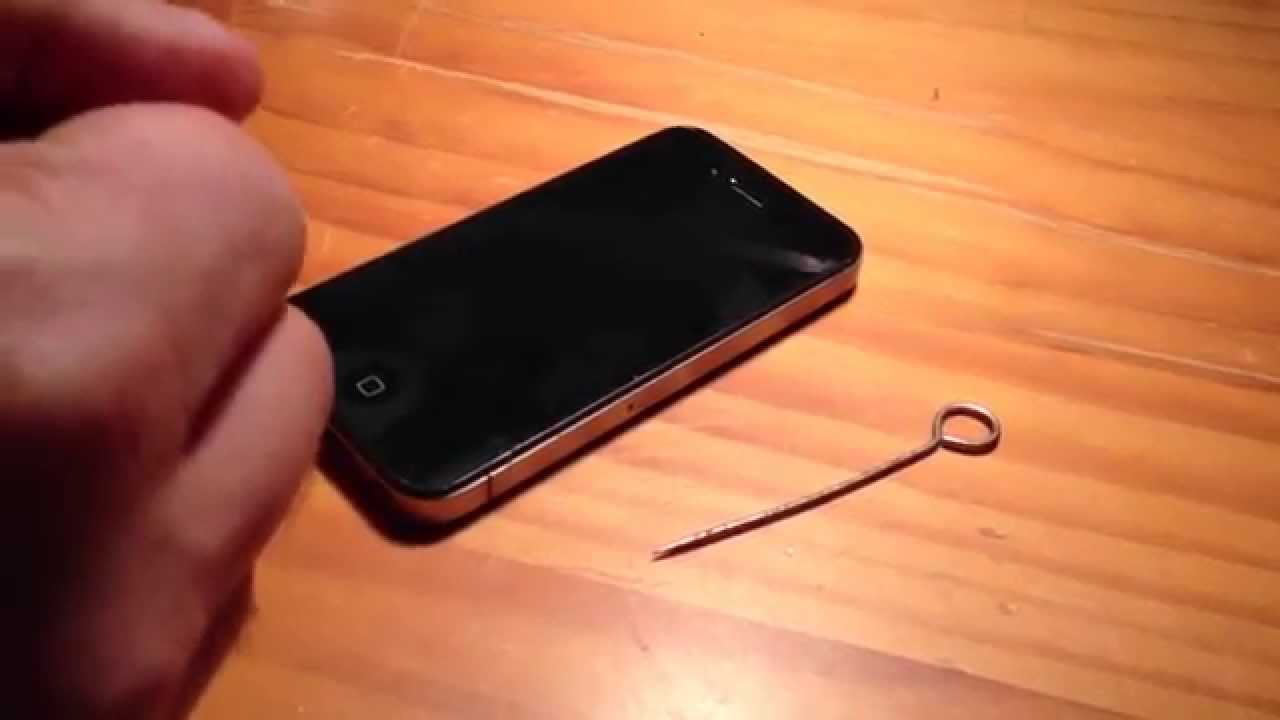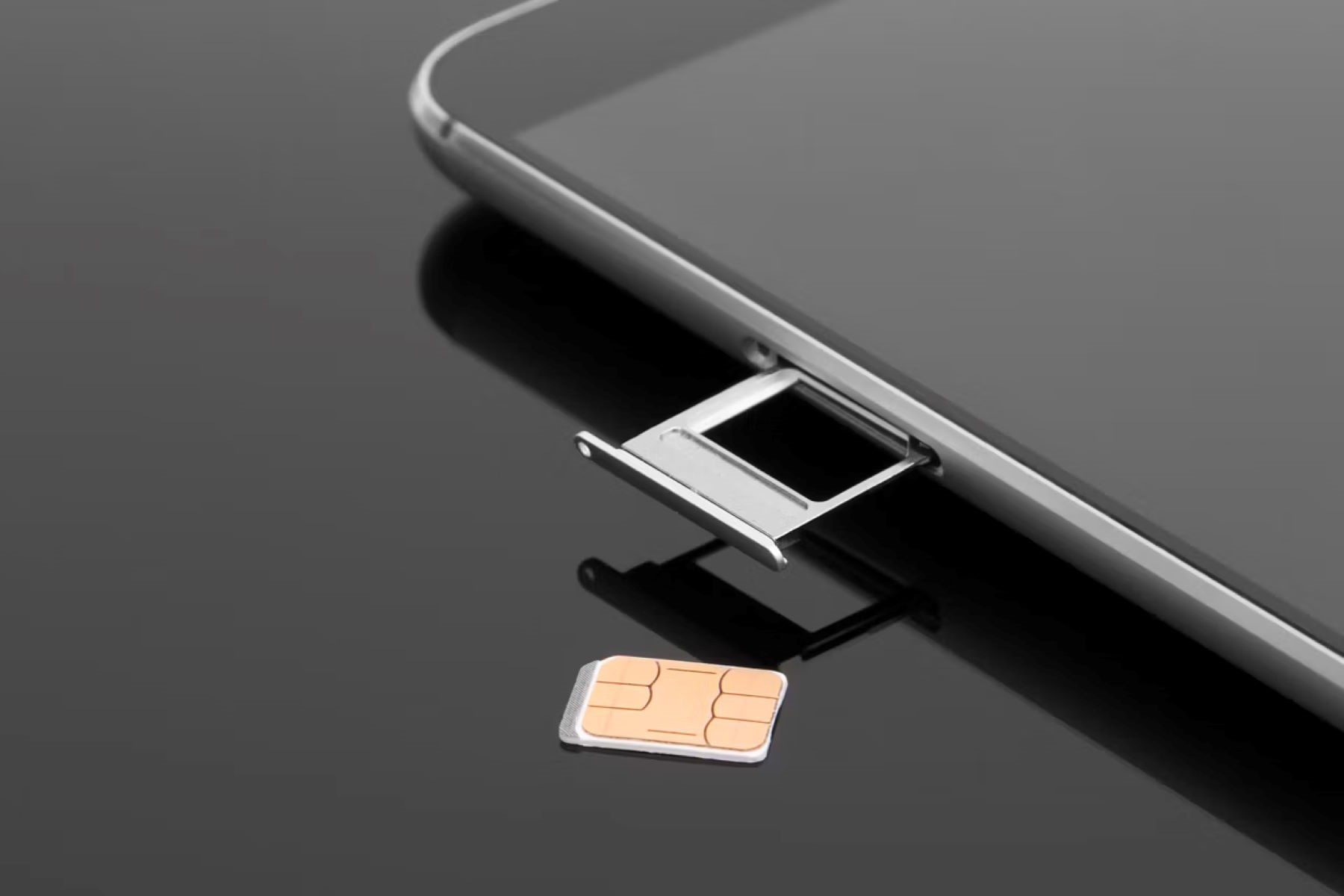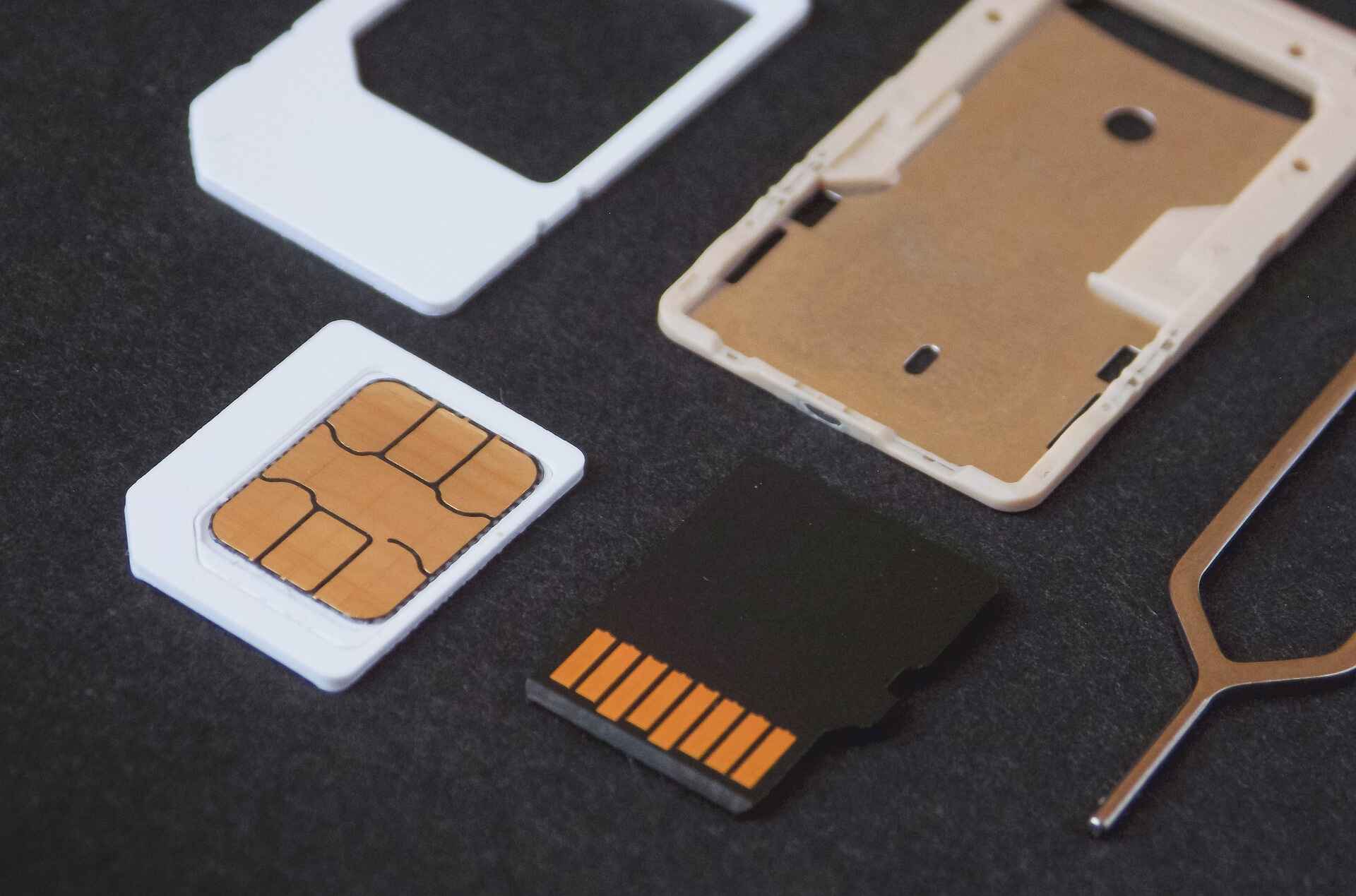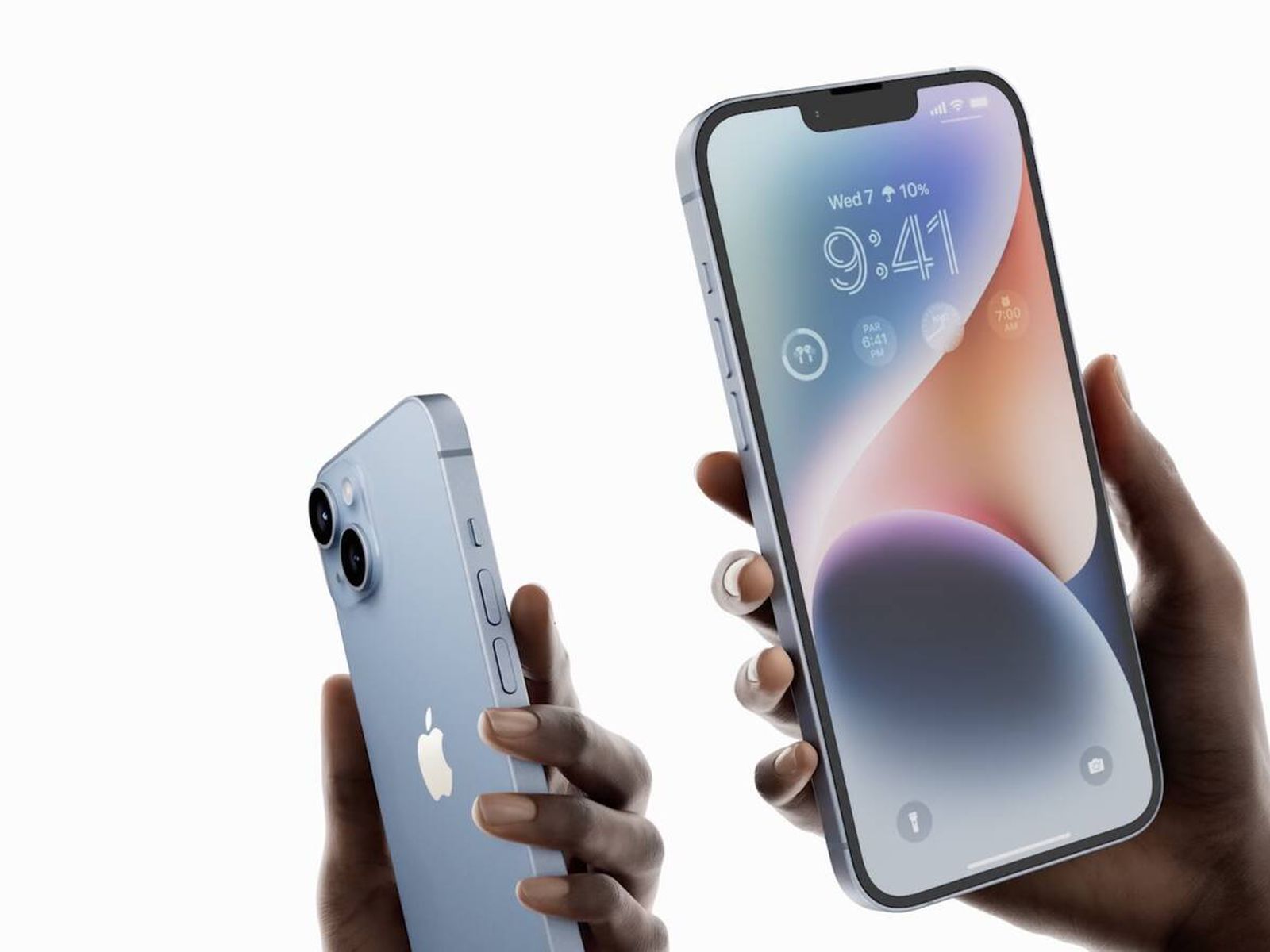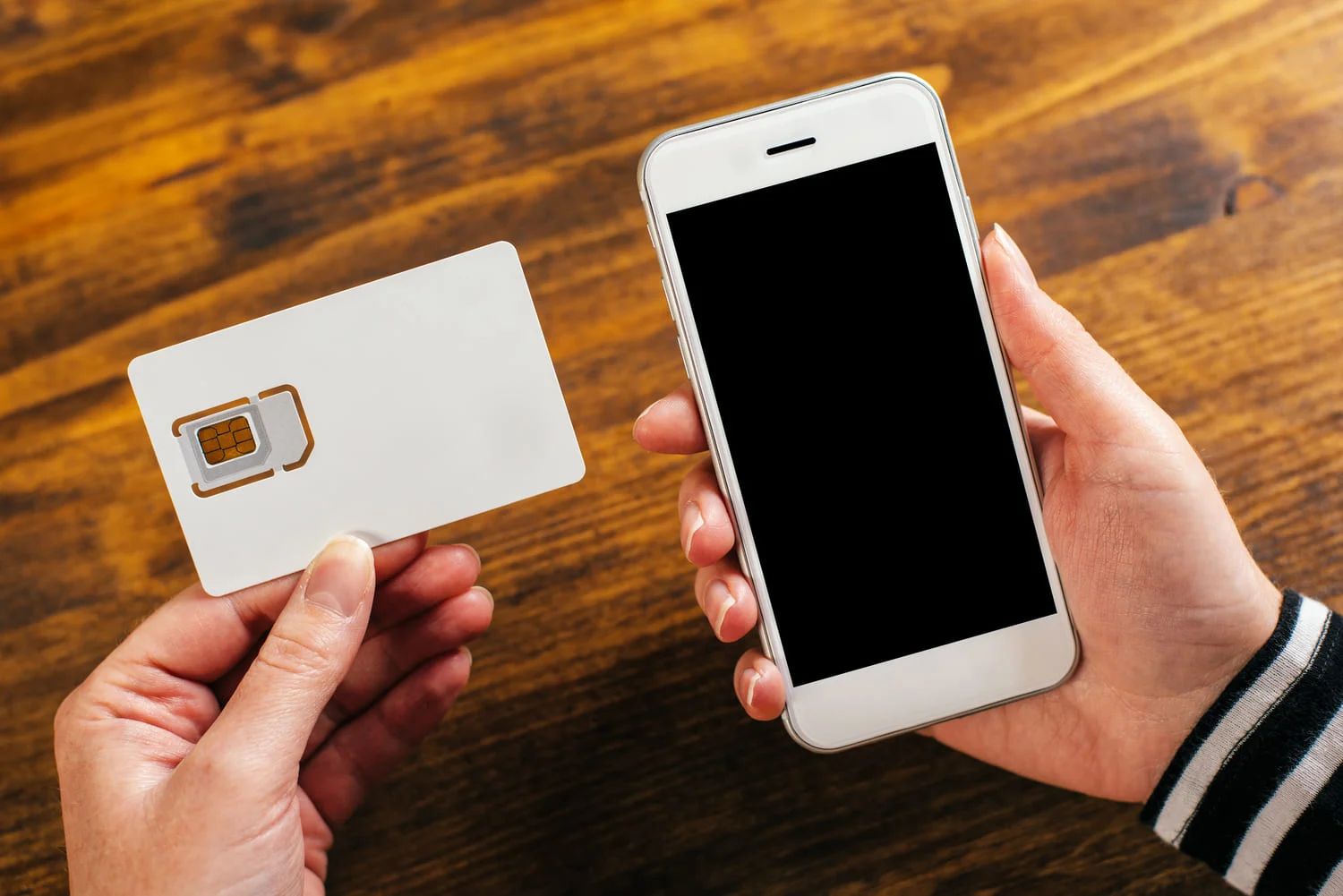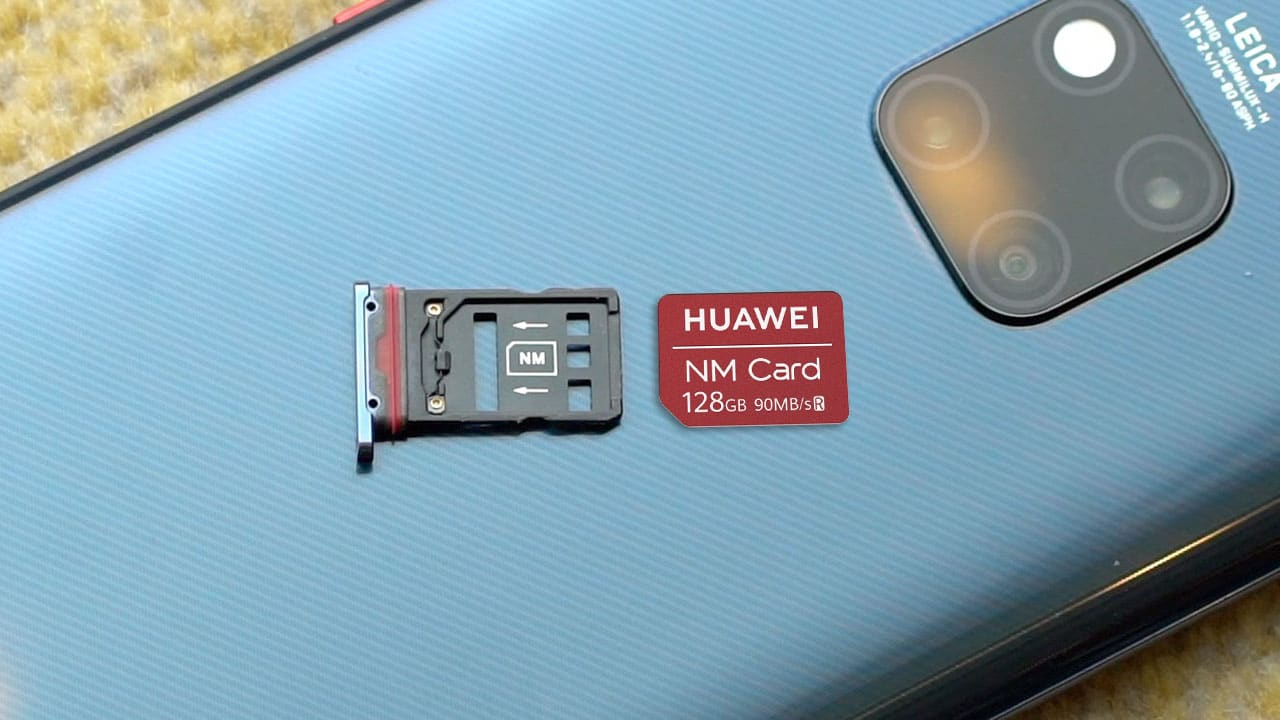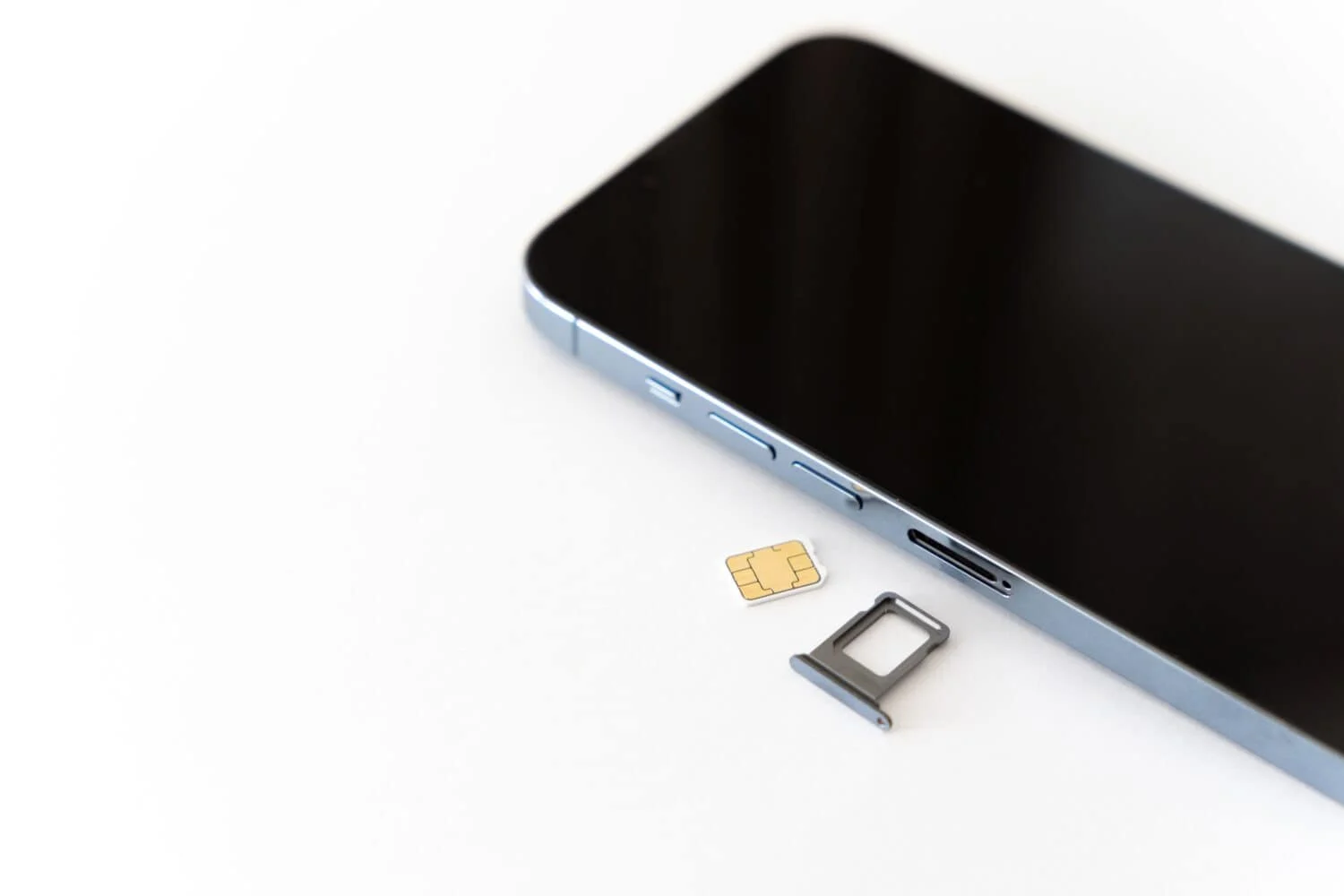Introduction
In today's digital age, mobile phones have become an indispensable part of our daily lives. These handheld devices have evolved from mere communication tools to multifunctional gadgets that empower us with a myriad of capabilities. However, there are instances when we may need to use our phones without a SIM card. Whether it's due to traveling abroad, transitioning between carriers, or simply testing a new device, the ability to operate a phone without a SIM card can be incredibly useful.
While a SIM card is typically essential for making calls, sending texts, and accessing mobile data, there are alternative methods to harness the power of your phone even without this small, removable card. Understanding how to navigate your device without a SIM card opens up a world of possibilities and can prove to be advantageous in various scenarios. From exploring Wi-Fi connectivity to utilizing offline features, there are numerous ways to maximize your phone's functionality without relying on a SIM card.
In this article, we'll delve into the intricacies of using your phone without a SIM card. We'll explore the benefits and drawbacks of this approach, shedding light on the potential advantages and limitations that come with SIM card-free usage. By the end of this comprehensive guide, you'll have a deeper understanding of how to leverage your phone's capabilities even in the absence of a SIM card. So, let's embark on this enlightening journey to unlock the full potential of your mobile device, transcending the conventional boundaries imposed by SIM card dependency.
What is a SIM Card?
A SIM (Subscriber Identity Module) card is a small, removable smart card that is inserted into a mobile phone to authenticate the user and connect the device to a mobile network. It serves as the unique identifier for the user's account and is essential for making calls, sending texts, and accessing mobile data. SIM cards are widely used by mobile carriers to link a user's identity to their mobile device, enabling seamless communication and data usage.
The SIM card contains crucial information, including the International Mobile Subscriber Identity (IMSI), which is a unique number that identifies the user within the mobile network. Additionally, it stores the Integrated Circuit Card Identifier (ICCID), which is a unique serial number for the SIM card itself. These identifiers are vital for establishing a secure and authenticated connection to the mobile network.
Furthermore, SIM cards also store essential network-specific information, such as the authentication key and the preferred network settings. This data allows the mobile device to establish a secure connection to the carrier's network, ensuring that the user can access voice, text, and data services seamlessly.
In addition to facilitating communication and data access, SIM cards also play a crucial role in enabling roaming services. When a user travels to a different country, their home carrier's SIM card allows them to connect to partner networks abroad, ensuring continuous connectivity even when outside their home network's coverage area.
The physical form of a SIM card has evolved over the years, from the standard Mini-SIM to the more compact Micro-SIM and Nano-SIM formats. These advancements in SIM card technology have enabled compatibility with a wide range of mobile devices, catering to the diverse design requirements of modern smartphones and other connected devices.
In summary, a SIM card is a fundamental component of mobile communication, serving as the gateway to a user's mobile network account. Its role in authenticating the user, enabling network connectivity, and facilitating roaming services underscores its significance in the realm of mobile technology. Understanding the function and significance of a SIM card lays the groundwork for exploring alternative methods to utilize a mobile phone's capabilities without the presence of a SIM card.
How to Use Your Phone Without a SIM Card
Using your phone without a SIM card opens up a range of possibilities, especially when it comes to leveraging its features in various scenarios. Here are several methods to harness the power of your phone without relying on a SIM card:
-
Wi-Fi Connectivity: One of the primary ways to use your phone without a SIM card is by connecting to Wi-Fi networks. Most modern smartphones are equipped with Wi-Fi capabilities, allowing users to access the internet, use messaging apps, browse social media, and enjoy online content without the need for a cellular connection. By connecting to Wi-Fi hotspots at home, in cafes, or public spaces, you can stay connected and make the most of your device's online functionalities.
-
Offline Features and Apps: Many apps and features on smartphones can be used without an active SIM card. For example, you can take photos and videos, play offline games, listen to music, access offline maps, and use various productivity apps without needing a SIM card for these activities. This allows users to enjoy a wide range of entertainment and productivity features regardless of the SIM card status.
-
Testing and Development: For developers and tech enthusiasts, using a phone without a SIM card is essential for testing and development purposes. It allows them to experiment with apps, software modifications, and various settings without affecting the device's cellular functionality. This is particularly useful for testing new features, troubleshooting software issues, and optimizing performance without the constraints of a SIM card.
-
Emergency Calls: Even without a SIM card, most smartphones are capable of making emergency calls. This feature ensures that users can reach emergency services in critical situations, providing an added layer of safety and security. It's important to note that while emergency calls can be made without a SIM card, regular calls and texts require an active cellular connection.
-
Virtual SIM Services: Some mobile operators and third-party services offer virtual SIM solutions that allow users to access mobile services, including calls and texts, over the internet without a physical SIM card. These virtual SIM services leverage data connectivity to emulate the functionality of a traditional SIM card, enabling users to make and receive calls using internet-based technologies.
In summary, using your phone without a SIM card involves tapping into Wi-Fi connectivity, leveraging offline features, catering to testing and development needs, making emergency calls, and exploring virtual SIM services. These methods empower users to maximize their phone's capabilities, even in the absence of a physical SIM card. Whether it's for convenience, testing, or specific use cases, understanding how to navigate a phone without a SIM card is invaluable in today's mobile-centric world.
Benefits of Using Your Phone Without a SIM Card
Using your phone without a SIM card offers a host of benefits that cater to diverse user needs and scenarios. Let's delve into the advantages of operating your phone without a SIM card, shedding light on the valuable perks that this approach brings to the table.
1. Wi-Fi-Centric Connectivity
Operating your phone without a SIM card allows you to harness Wi-Fi connectivity as the primary means of staying connected. This opens up a world of online possibilities, enabling you to access the internet, use messaging apps, and engage with digital content without relying on a cellular connection. Whether at home, in public spaces, or at Wi-Fi-equipped establishments, you can seamlessly tap into the vast expanse of the internet, fostering continuous connectivity without the need for a SIM card.
2. Testing and Development Flexibility
For developers and tech enthusiasts, using a phone without a SIM card is crucial for testing and development purposes. It provides the flexibility to experiment with apps, software modifications, and various settings without impacting the device's cellular functionality. This creates a conducive environment for troubleshooting, optimizing performance, and exploring innovative features, all without the constraints of a SIM card's presence.
3. Offline Entertainment and Productivity
One of the standout benefits of using a phone without a SIM card is the ability to enjoy offline entertainment and productivity features. Whether capturing memorable moments through photos and videos, immersing in offline games, or staying productive with offline apps, the absence of a SIM card does not hinder these activities. This offers users the freedom to engage with a wide array of entertainment and productivity tools, irrespective of the SIM card status.
4. Enhanced Privacy and Security
Operating a phone without a SIM card can contribute to enhanced privacy and security, especially in scenarios where users may opt for dedicated offline devices for specific tasks. By disconnecting from cellular networks, users can mitigate certain privacy concerns and minimize the potential for unauthorized access through cellular communication channels. This can be particularly relevant for sensitive activities that benefit from a more isolated digital environment.
5. Cost-Efficient Usage Scenarios
In certain situations, using a phone without a SIM card can lead to cost-efficient usage scenarios. For instance, when traveling abroad, users can leverage Wi-Fi connectivity and offline features to minimize roaming charges and access essential functionalities without incurring additional costs associated with international mobile services. This can result in substantial savings while still enabling meaningful interaction with the device.
In essence, the benefits of using your phone without a SIM card encompass Wi-Fi-centric connectivity, testing and development flexibility, offline entertainment and productivity, enhanced privacy and security, and cost-efficient usage scenarios. These advantages cater to a spectrum of user needs, underscoring the versatility and practicality of operating a phone without a SIM card in various contexts.
Drawbacks of Using Your Phone Without a SIM Card
While using your phone without a SIM card presents several advantages, it also comes with its own set of drawbacks that warrant consideration. Understanding the limitations of operating a phone without a SIM card is crucial for making informed decisions and navigating potential challenges. Let's explore the drawbacks associated with this approach:
-
Limited Communication Capabilities:
Without a SIM card, the primary drawback is the limitation in traditional communication functionalities. Making regular calls and sending text messages, which are reliant on cellular networks, becomes inaccessible. This can pose challenges in staying connected with individuals who primarily use standard communication channels. -
Dependence on Wi-Fi Availability:
Operating a phone without a SIM card heavily relies on the availability of Wi-Fi networks. In scenarios where Wi-Fi connectivity is scarce or unavailable, the device's online capabilities are significantly hindered. This dependence on Wi-Fi accessibility may restrict the user's ability to stay connected and access essential online services. -
Inability to Make Emergency Calls Without Wi-Fi:
While most smartphones allow for emergency calls without a SIM card, this functionality is contingent on the availability of a Wi-Fi connection. In situations where Wi-Fi networks are inaccessible, the ability to make emergency calls may be compromised, potentially impacting the user's safety and security. -
Limited Mobility and Roaming Services:
Without a SIM card, the ability to seamlessly transition between mobile networks and access roaming services while traveling is impeded. This can be particularly challenging for individuals who rely on their phones for constant connectivity, especially when moving across different geographical regions or when traditional mobile network coverage is required. -
Reduced Device Functionality in Remote Areas:
In remote or rural areas with limited or no Wi-Fi coverage, using a phone without a SIM card may lead to a significant reduction in the device's overall functionality. This can impact various aspects, including navigation, real-time communication, and accessing critical information, thereby limiting the user's digital capabilities.
In summary, the drawbacks of using your phone without a SIM card encompass limited communication capabilities, dependence on Wi-Fi availability, potential challenges in making emergency calls, constraints on mobility and roaming services, and reduced device functionality in remote areas. While this approach offers versatility and flexibility, it's essential to weigh these drawbacks against the intended usage scenarios to determine the feasibility and practicality of operating a phone without a SIM card.
Conclusion
In conclusion, the ability to use a phone without a SIM card opens up a realm of possibilities and considerations that extend beyond traditional mobile communication. While a SIM card remains integral to standard cellular functionalities, the alternative methods for leveraging a phone without a SIM card offer diverse benefits and drawbacks that are essential to understand.
The benefits of operating a phone without a SIM card, such as Wi-Fi-centric connectivity, testing and development flexibility, offline entertainment and productivity, enhanced privacy and security, and cost-efficient usage scenarios, underscore the versatility and practicality of this approach. It caters to a spectrum of user needs, empowering individuals to harness their phone's capabilities in various scenarios, from leisurely activities to professional endeavors.
However, the drawbacks associated with using a phone without a SIM card, including limited communication capabilities, dependence on Wi-Fi availability, potential challenges in making emergency calls, constraints on mobility and roaming services, and reduced device functionality in remote areas, highlight the considerations and potential limitations that users must navigate when opting for SIM card-free usage.
Ultimately, the decision to use a phone without a SIM card hinges on individual needs, preferences, and specific usage scenarios. Whether it's for convenience, testing and development purposes, privacy considerations, or cost-efficient utilization, understanding the implications of operating a phone without a SIM card is crucial for making informed choices.
By embracing the diverse functionalities and capabilities of modern smartphones, users can leverage Wi-Fi connectivity, offline features, and innovative virtual SIM solutions to stay connected, productive, and entertained, even in the absence of a physical SIM card. This underscores the adaptability and resilience of mobile devices in accommodating various usage scenarios, transcending the conventional boundaries imposed by SIM card dependency.
In essence, the landscape of mobile phone usage continues to evolve, offering users the flexibility to tailor their device usage to their specific needs. Whether it's embracing the convenience of Wi-Fi connectivity, delving into development and testing endeavors, or prioritizing privacy and security considerations, operating a phone without a SIM card represents a nuanced and adaptable approach that aligns with the diverse lifestyles and requirements of modern users.









